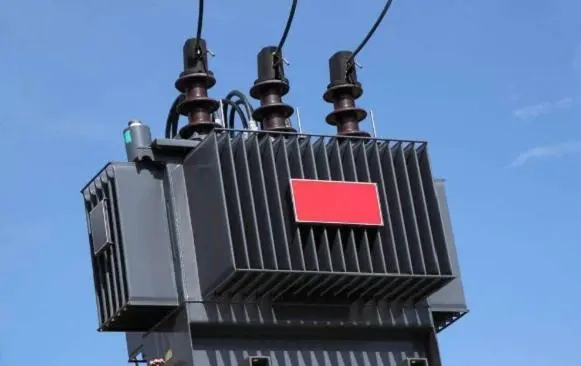How does a transformer work?
2024-04-25
2024-4-25
The working principle of a transformer is mainly based on the phenomenon of electromagnetic induction. Specifically, when alternating current flows through the primary coil, an alternating magnetic field is generated in the iron core. This magnetic field is linked to the secondary coil and induces an electromotive force in the secondary coil. , thereby achieving voltage changes. The core components of the transformer include iron cores or magnetic cores, and coils wound on these cores. The coils usually have two or more windings, of which the winding connected to the power supply is called the primary coil, and the remaining windings are called secondary windings. stage coil.

The function of the transformer core is to enhance the magnetic flux and improve efficiency. Since the loss of the core is closely related to frequency, the frequency of use needs to be considered in the design of the transformer. The voltage ratio of the transformer is equal to the turns ratio of the coils. By adjusting the turns ratio, different voltage and current relationships can be achieved between the input and output. The transformer is suitable for step-up and step-down applications. When the secondary of the step-up transformer is open-circuited, the power loss measured on the primary side mainly comes from the core loss and the loss (copper loss) caused by the no-load current on the copper resistance of the primary coil, while the step-down transformer The voltage is reduced by making the number of turns of the primary coil greater than the number of turns of the secondary coil.




